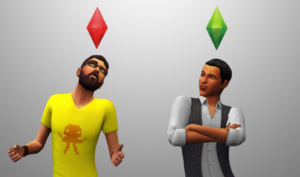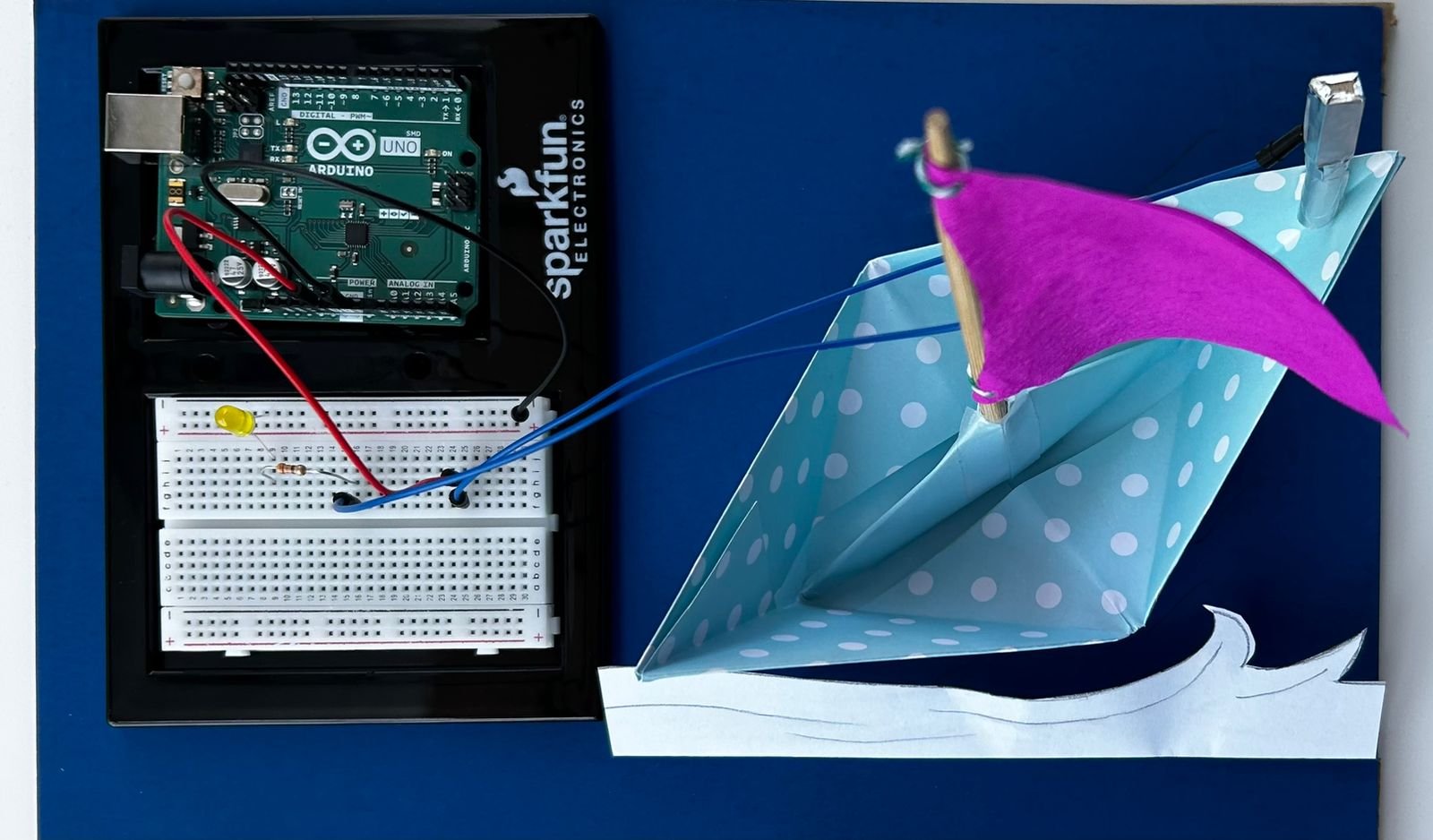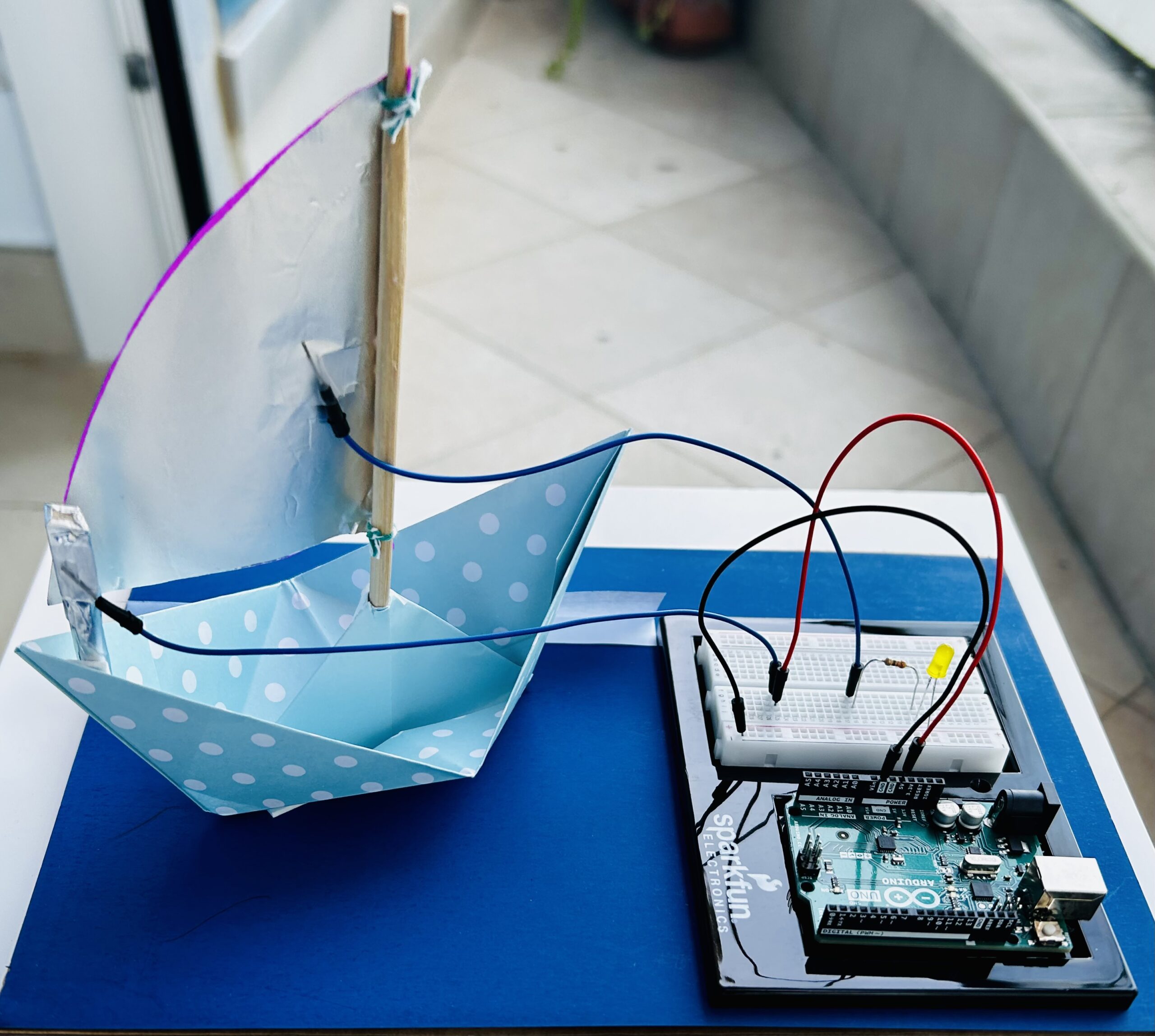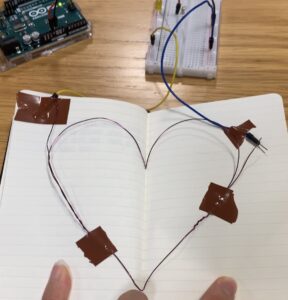A friend returned from Bosnia with the nicest pack of cigarettes I’ve ever seen. They were gold tipped, shiny, and bodied black in a velvety way. Smoking one, I felt like a Roaring Twenties aristocrat, a brooding Hollywood actress swept up by the whirlwinds of doomy and gloomy, a Peaky Blinder, a potayto, a potahto, it goes on. Disappointingly, much like the Hollywood actresses I was embodying, the cigarettes were all glitter and no gold, all show and no sand. They were tasteless, bland, and vapid. I write all this to say that I understand Norman’s proclivity towards usability in design. In this day and age, everything is about being pretty to the point of sacrificing utility. Everything is curated for the aesthetic. In the Decade of the Doom Scroll and the Age of the Advert, you don’t really need substance to get by, just sexiness. It’s all tricks and no party. Just look at the Kardashians. We have christened Captain Kim to helm us into the maw of Charybdis. I shudder for our souls.
Nevertheless, we are creatures of beauty. And design really does work better when it works in tandem with the aesthetic tendencies within us. We sort of, sway, together then. Our insides match our outsides and all is right with the world. That’s why it’s important for cities to be beautiful. I hope one day humanity will gain enough sense to raze every American suburb and most Midwestern cities to the ground. Beauty is necessary for objects to reflect the higher profundity within us. Norman nailed it on the head when he said designers have to balance both. The zeitgeist of today prioritizes prettiness over punctiliousness, but I will always petition for prioritizing usability while using beauty like a cherry–an ice cream sundae is never quite right without that cherry.
Everything really is about equilibrium, ain’t it. Norman’s comments on balancing between negative and positive affect struck deep too. We live in an ultra-motivated society, and I think the best way to navigate it is to channel strength and energy from your darker emotions while retaining a positive-enough mentality that keeps you from becoming an incel. I think the greatest individuals are people who achieve both great depth and breadth and while extracting from each side to maximum effect. Margaret Hamilton was probably one such individual. I admire her more than anyone could know.








